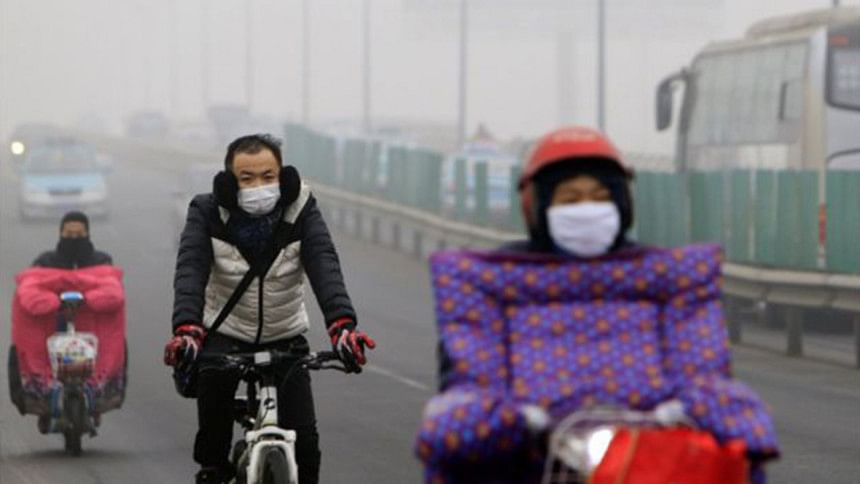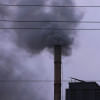China smog sparks red alerts in 10 cities

- A red alert is the highest of a four-level alert system instituted two years. The other colours are blue, yellow, and orange.
- Red means hazardous air pollution for three consecutive days. Air quality levels higher than 300 is considered hazardous.
- It triggers advisories to residents to avoid outdoor activity and for schools to stop classes.
- It also triggers restrictions on vehicle use, factories and construction work.
Hazardous smog blanketing China's north-east has sparked more red alerts, with authorities advising residents in 10 cities to stay indoors.
The announcement follows last week's warning that a vast area of China would be badly hit by pollution.
Beijing saw its second red alert over the weekend. The latest wave of alerts includes the industrial port Tianjin.
Red alerts trigger advisories for people to stay inside, schools to stop classes, and restrict vehicle use.
An environmental ministry statement issued on Wednesday night said the 10 cities with red alerts include Tianjin as well as smaller surrounding cities Puyang, Xinxiang, Dezhou, Handan, Xintai, Langfang, Hengshui, Xinji and Anyang.
They are among 30 cities including Beijing seeing "severe pollution". Another 20 cities have "heavy pollution".
The latest news was met with resignation, and even some jokes, by Chinese netizens who have endured bad air quality levels in recent weeks.
On Wednesday, images of a purple-tinged sunset in Nanjing spread across social media with many users attributing it to the pollution in the city.
"New type of haze: grape flavoured," joked Weibo user Chenyingshisupoman.
Another Weibo user Diliutianmaoxianjia said sarcastically: "Compared to the heavy smog of Beijing, the strong smog of Hebei, and damp heat of Shanghai, I prefer the colours of Nanjing's smog... it is durable and refreshing... once you breathe it in it sticks to your heart."
Beijing's second red alert ended on Tuesday night. The ministry said the capital's air quality was "slowly improving".
But some parts of neighbouring Henan and Hebei regions were still seeing heavy pollution, with levels of the PM2.5 pollutant surpassing 300 mg per cubic metre - the hazardous level in China.
China has seen extremely high levels of air pollution in recent years, particularly in the coal-reliant north east, the industrial heart of the country.
Following criticism that authorities were not doing enough to protect citizens' health, the government has stepped up in issuing health advisories and promised to take action to address pollution.

 For all latest news, follow The Daily Star's Google News channel.
For all latest news, follow The Daily Star's Google News channel. 








Comments